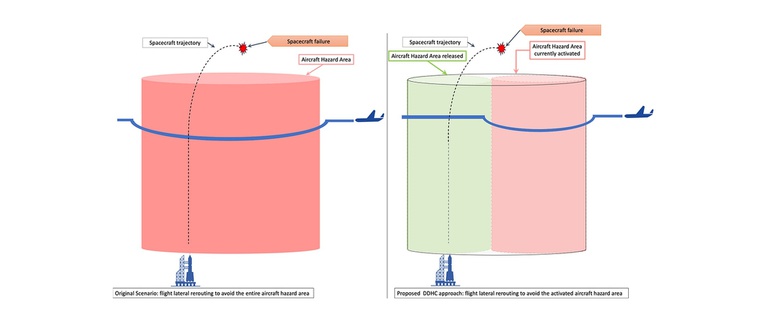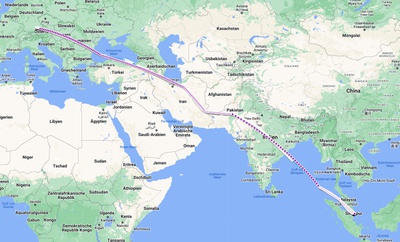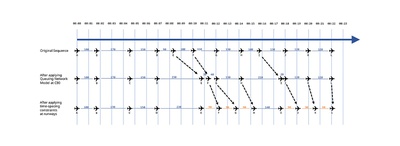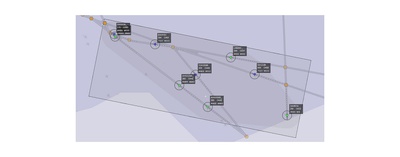
debris hazard corridor for air/ space traffic management
23 February 2024
A Dynamic Debris Hazard Corridor for Space and Air Traffic Management
I Dhief, W Zhou, Z Wang, S Alam, S Kaltenhäuser, T Rabus, M Schultz. Annual Space Traffic Management Conference
The airspace is a national asset shared by a multitude of users, including aircraft, drones, and spacecraft. Regulating airspace usage among various stakeholders has traditionally been achieved by segregating different operations. This approach was effective when the airspace was primarily allocated for air traffic, and spacecraft and other users were relatively rare. However, with the growing volume of both air traffic and space activities, there is an urgent need to develop new dynamic and adaptative strategies for ensuring the safe and efficient sharing of airspace among diverse stakeholders. For instance, a timely dynamic strategy, which considers the real-time status and progress of the spacecraft and adapts to the associated risks, could facilitate efficient airspace sharing.
Space launch activities have recently experienced tremendous growth with the development of commercial space launches. In this context, the current airspace management strategies, including space transition corridor, and temporary flight restriction, have demonstrated their effectiveness in various space launch operations. Nevertheless, these methodologies require a higher level of familiarity with space launch operations and advanced capabilities. They can also tend to be overly conservative, considering only a limited set of factors. In addition, as space missions continue to grow and air traffic demand increases, airspace closures are capable of ensuring safety but can lead to extensive rerouting, delays, reduced airport accessibility, and constrained nearby airspace utilization.
In this study, we develop the Dynamic Debris Hazard Corridor (DDHC) as a novel concept, potentially bridging the gap between traditional and emerging needs. The primary objective of this study is to compare the traditional, conserved approach of airspace closure with a proposed dynamic method that involves the sequential release of convex hull segments in the Dynamic Debris Hazard Corridor (DDHC). Unlike conventional approaches, the DDHC is ideally suited for managing dense air traffic. The findings indicate that the dynamic management of the DDHC can potentially reduce disruptions in air traffic without compromising safety. Computational results have demonstrated that, out of 37 flights, 5 did not undergo rerouting thanks to the proposed DDHC methodology. Additionally, for the flights that did undergo rerouting, the system reduced the rerouting distance by 1471.45 km compared to the currently used airspace closure protocol.





